Cutting edge technology, cinema-ready storytelling, a beloved intellectual property… For a generation of themed entertainment fans, it truly may get no better than Back to the Future: The Ride. Considered by some to be the best ride Universal has ever designed, Back to the Future was indeed a hallmark and anchor for the brand-new movie park, a pinnacle of late-‘80s-early-‘90s entertainment, and – quite literally – the reason Universal Studios Florida exists at all.
And that’s why it’s earned its own in-depth entry here in our Lost Legends library, where we trace the complete histories of forgotten fan-favorites from around the globe… We defied the gods aboard TOMB RAIDER: The Ride, sailed the frozen fjords on Maelstrom, followed California Adventure’s Soarin’ success around the world, watched Disney cut production on The Great Movie Ride, marveled at the microscopic worlds of BODY WARS and Adventure Thru Inner Space, and so many more.

And likewise, today we’ll learn the unlikely story behind Back to the Future’s creation, take a virtual “ride” through time, and see what replaced this closed classic. Fittingly, the too-true story of Universal’s maybe-magnum-opus requires that we rev up our engines, put pedal to the metal, and hit that sweet 88 mile-per-hour mark, tearing through time and space to return to the past where it all started…
And before we head off, remember that you can unlock rare concept art and audio streams in this story, access over 100 Extra Features, and recieve an annual Membership card and postcard art set in the mail by supporting this clickbait-free, in-depth, ad-free theme park storytelling site for as little as $2 / month! Become a Park Lore Member to join the story! Until then, let’s start at the beginning…
“Ride the Movies”
Before 2010’s Despicable Me…
Before the 1999 opening of Universal’s Islands of Adventure…
Before the 1990 opening of Universal Studios Florida…
Before the 1989 debut of The Simpsons…
Even before Robert Zemeckis’ 1985 film Back to the Future…
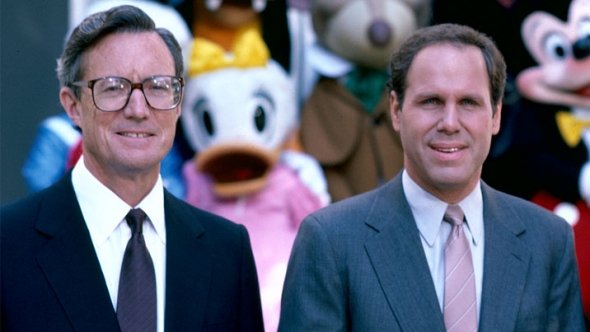
In 1984, Michael Eisner (right) became the Chairman of Walt Disney Productions. Yes, it’s a prologue shared by many of our in-depth ride entries, and one that might seem out-of-place here in the story of a Universal classic. But bear with us…
Eisner had arrived at Disney from a stint as CEO of Paramount Pictures, and he brought with him an understandably cinematic perspective. It was just what Disney needed, given it had endured a decade of stagnation and irrelevance following Walt’s death. And Eisner did end up reviving the studios and using his media expertise to grow it into the Walt Disney Company we know today.
But Eisner’s bravest (and most controversial) idea was that Disney Parks needed an influx of pop culture, too; that Disney Parks should be places where everyone – even teenagers! – would find something worth visiting for; that Disney Parks should be the place where guests could “Ride the Movies” and see their favorite big screen adventures brought to life.

Of course, the trouble is that Disney wasn’t making any movies worth seeing (much less “riding”) in the mid-‘80s, which is why Eisner pulled some strings and called on an old business acquaintance – George Lucas, creator of Star Wars – to help.
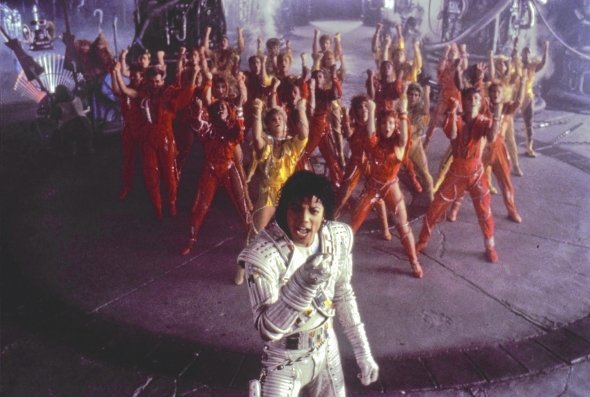
Though novel, the idea was really simple: Walt had stocked Disneyland with the characters, stories, and settings that had touched his generation back in the ‘50s: Davy Crockett, Captain Nemo, Peter Pan, and Snow White; now, Eisner would update the parks to appeal to a new generation’s tales.
The experiment began with a blockbuster new attraction designed to appeal to the “MTV generation,” chronicled in its own in-depth feature, Lost Legends: Captain EO. But the real coup came just a year later…
STAR TOURS
As far back at the early 1970s, Disney Imagineers had been toying with the idea of a “motion simulator” ride that would place guests in a cabin that could tilt and sway, perfectly-orchestrated to match the motion of an in-cabin projection. Originally, the concept was drafted as a 20,000 Leagues Under the Sea E-Ticket to populate Disneyland’s never-built Possibilityland: Discovery Bay. Though the land (and its would-be headliner) never came to be, they say good ideas never die at Disney…
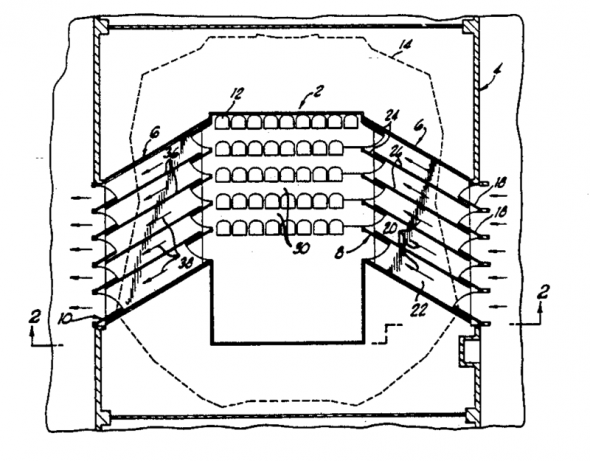
That’s good news, because more than a decade later, Imagineers were hard at work deciding how exactly to leverage the new Lucas partnership and turn around Disney Parks’ aging aesthetic fast. The idea of a Star Wars roller coaster (with dueling light side / dark side tracks) was considered, but it would take far too long…
However, a simulator ride could get off the ground relatively quickly, giving Disneyland a new, cutting edge adventure into one of the most popular stories ever told. It was the pioneering design of the entertainment simulator – one of our Seven Modern Wonders of the Theme Park World – that finally made it happen.
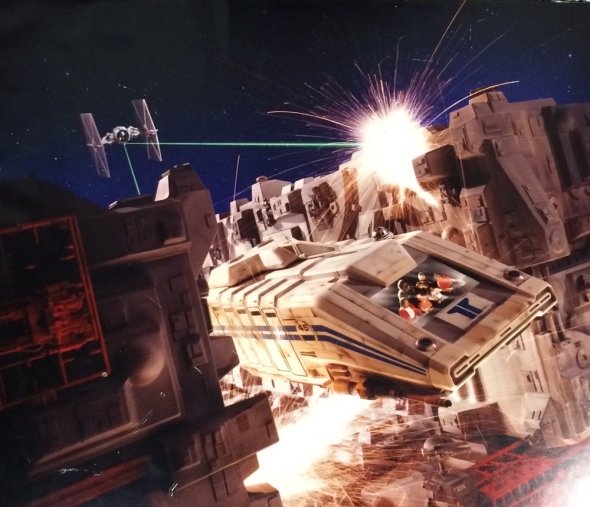
Naturally, Disney and Lucasfilm got to work, developing the subject of our in-depth Lost Legends: STAR TOURS feature. Cutting-edge in absolutely every way, STAR TOURS is often recalled as the ride that changed Disney Parks forever… and it did, kicking off a new, intellectual property fueled, box-office-influenced plan that’s become even more extreme in the years since.
But it also changed Disney’s biggest competitor…
Challenge
To be clear, “riding the movies” might’ve been a new concept for Disneyland, but just an hour’s drive north Universal Studios Hollywood had literally created the business. After all, Universal’s famed Studio Tour had been running in its modern form since 1964, carrying guests via trams through the working studio’s revered backlots past historic movie sets, real stars’ dressing rooms, and actual hot sets.

But in the two decades since its modern debut, the Studio Tour was becoming equally renowned for its staged special effects encounters, like run-ins with Norman Bates (outside of the real set from Alfred Hitchcock’s Psycho, 1964), a staged “flash flood” demonstration (added in 1968), and an unforgettable encounter with the vicious great white shark from Steven Spielberg’s JAWS (added in 1976).
But their biggest encounter was yet to come. In 1986, Universal Studios Hollywood was prepared to debut another disastrous run-in on the Studio Tour: the King Kong Encounter, putting guests nose-to-nose with the banana-breathed, 30-foot tall animatronic Kong designed by Disney Legend Bob Gurr. Kong was ready for his debut in June, and Universal favorite Steven Spielberg was on-hand to take an early ride with Universal Creative executive Peter Alexander.
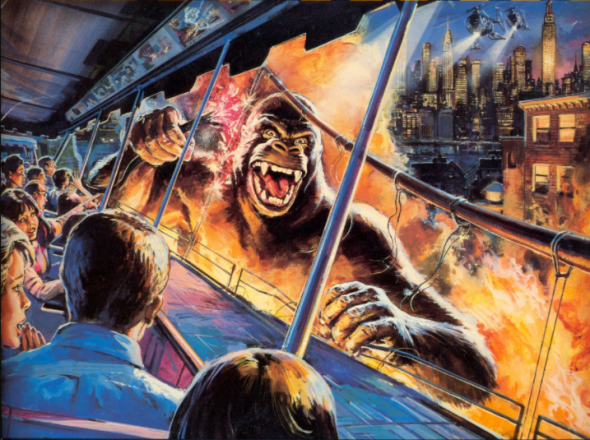
As the story goes, Spielberg mentioned to Alexander that he’d just taken a test ride on the new Star Tours set to debut at Disneyland that December, and that he was impressed with Disney’s new simulator. He also mentioned to Alexander that his good friend George Lucas had mentioned how Universal could never build an attraction like Star Tours.
As you might imagine, the challenge incensed Alexander, who became instantly determined to show that Universal could indeed meet Disney’s new standard and present their own multi-media simulator ride. Spielberg, for his part, recommended that Alexander’s team look into Spielberg’s still-new Back to the Future film released the year before and see if it could translate into a new ride for Universal.
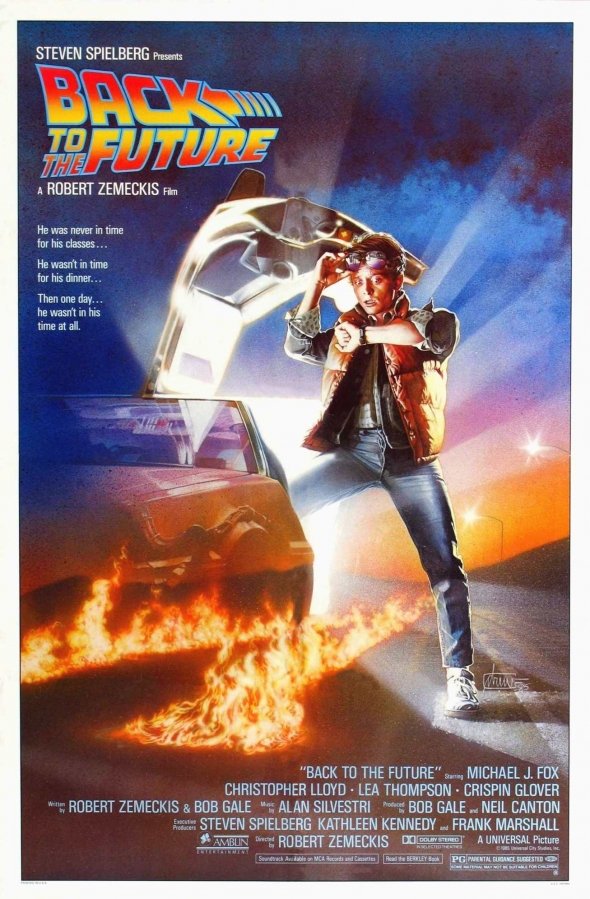
The massive 1985 sci-fi comedy action hit followed the unthinkable adventures of seventeen-year-old Marty McFly (Michael J. Fox) and his run-in with the eccentric Doc Brown (Christopher Lloyd) whose time traveling, iconic, Plutonium-powered DeLorean strands McFly back in time in 1955. Contending with the bully Biff, a young Doc Brown, and his own mother falling in love with him, Marty’s mile-a-minute adventure to find his way back to 1985 spurred two sequels – Part II and Part III – that altogether earned nearly a billion dollars between 1985 and 1990…
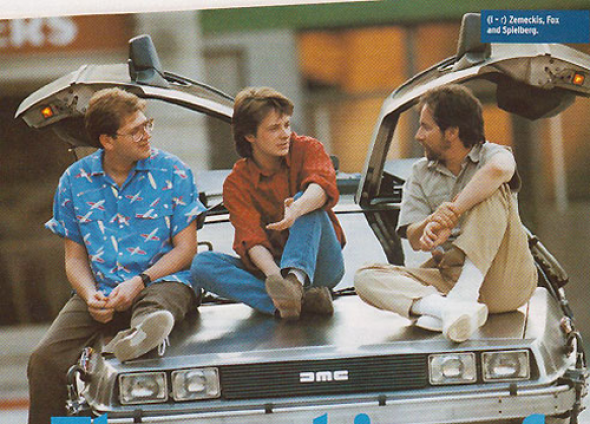
Now, Spielberg’s suggestion that the series could be a Star-Tours-level coup for Universal inspired Peter Alexander. He would later proclaim that the revelation was the impetus he and his peers at Universal needed to revive the long-languishing plans for a new Universal Studios theme park in Florida… This Back to the Future ride might be just the thing that would make Universal a contender in Disney World’s backyard…
And just like that, war was declared… Read on…


